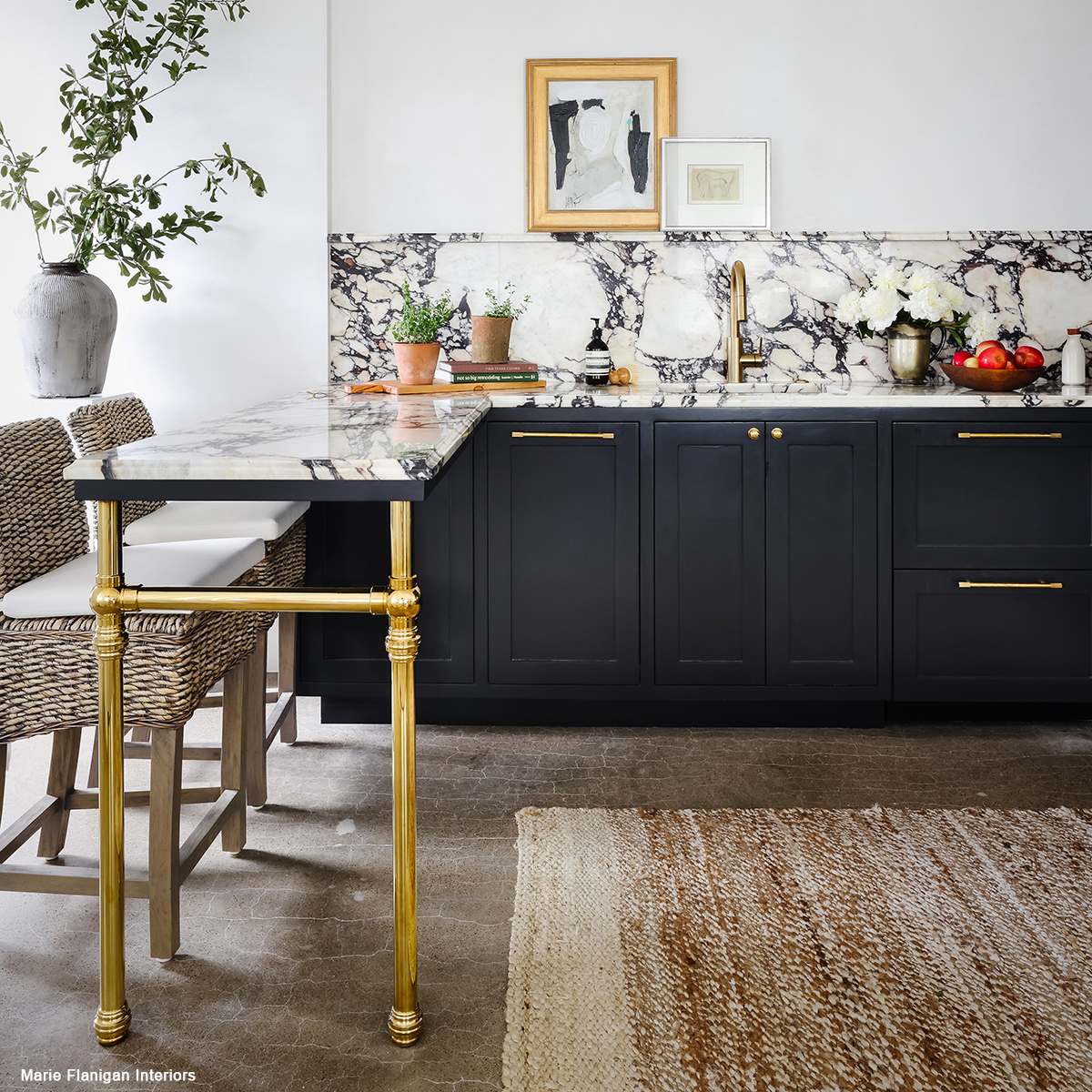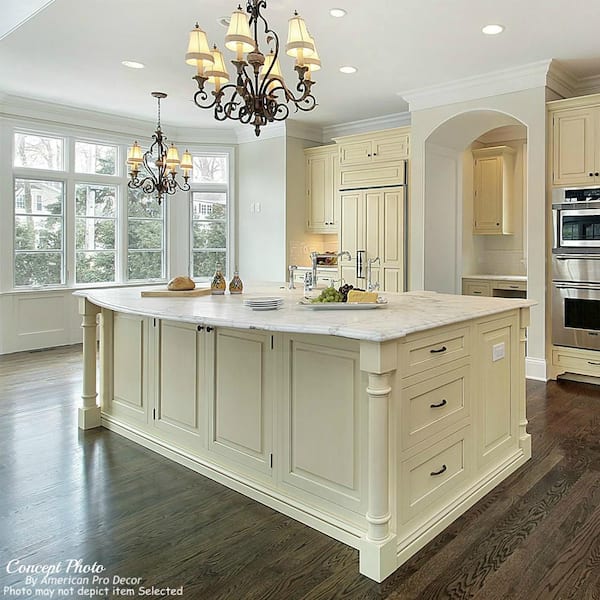Check Out Timeless Options in Standard Legs For Kitchen Island Styles
Check Out Timeless Options in Standard Legs For Kitchen Island Styles
Blog Article
Essential Factors to Take Into Consideration When Selecting Legs For Kitchen Island
Picking the suitable legs for a cooking area island involves a cautious assessment of several variables that can considerably affect both functionality and aesthetic charm. As we discover these elements, it ends up being clear that each choice can have far-reaching ramifications for the total kitchen experience.
Material Options
When choosing legs for a cooking area island, understanding the various material choices is essential for achieving both aesthetic charm and architectural honesty (Legs For Kitchen Island). The choice of material substantially affects not just the durability of the island however likewise its general style and capability
Timber is a popular choice, providing warmth and adaptability. Strong woods, such as oak or maple, give toughness and can be tarnished or repainted to match the cooking area decor. Metal legs, often made from stainless steel or functioned iron, add a modern-day and commercial feeling while making sure toughness and security. These products are resistant to use and can support considerable weight, making them excellent for larger islands.
An additional alternative is engineered materials, like MDF or plywood, which can be more cost-efficient while still offering a variety of coatings. They might not offer the same degree of stability as strong timber or metal. Legs For Kitchen Island. Products such as acrylic or glass can create a modern look, though they might need added support to ensure security.
Ultimately, the choice of material for cooking area island legs ought to straighten with the preferred capability and the general motif of the kitchen area.
Style and Layout

When taking into consideration design, the form and coating of the legs are important. Conical legs can supply a feeling of lightness and beauty, while thicker, much more robust legs can convey strength and security. In addition, the coating-- be it repainted, discolored, or natural-- should enhance the kitchen cabinetry and counter top materials to produce a unified appearance.
Additionally, the style of the legs can also mirror individual taste. Custom or decorative legs, such as those including complex carvings or unique geometric forms, can function as centerpieces, including personality and individuality to the cooking area. Eventually, the best choice will certainly not only boost performance but additionally raise the aesthetic allure, making the kitchen area island a standout attribute of the home.
Height Considerations
Picking the suitable elevation for kitchen area island legs is essential, as it straight affects both capability and comfort. The standard elevation for a kitchen island commonly ranges from 36 to 42 inches, aligning with typical countertop heights. A 36-inch elevation is optimal for cooking and cooking, enabling comfortable usage of kitchen home appliances and tools. On the other hand, an elevation of 42 inches is typically favored for islands meant for bar seats, accommodating taller stools and supplying a casual eating experience.

It is likewise important to make up individuals' preferences and elevations. Customizing the elevation can make sure a comfortable experience for all relative, making the cooking area island a more delightful and practical space.
Weight Support
Making certain ample weight support for cooking area island legs is essential for both safety and security and capability. The kitchen island frequently serves numerous objectives, consisting of cooking, dining, and added storage, necessitating a robust support structure. When selecting legs, it is critical to consider the overall weight ability called for based upon the island's planned use and the materials that will certainly be positioned on it.
The selection of product for the legs plays a considerable duty in their weight-bearing capacities. Solid wood, steel, and durable compounds typically offer remarkable stamina compared to lighter materials. Furthermore, the design of the legs-- whether they are right, tapered, click here for more info or have a pedestal kind-- can influence their capability to disperse weight effectively across the framework.
Constantly seek advice from the producer's requirements pertaining to lots restrictions to make sure that the legs can maintain the designated weight without endangering security. In summary, choosing kitchen area island legs with sufficient weight assistance is necessary for producing a functional and risk-free culinary area.
Installment and Maintenance
Proper setup and maintenance of cooking area island legs are vital for guaranteeing durability and security. This often involves protecting the legs to the island base making use of suitable fasteners, guaranteeing that the legs are level and lined up.
When installed, normal maintenance is necessary to protect the stability and look of the legs - Legs For Kitchen Island. For wooden legs, regular cleansing with a moist towel and application of suitable wood polish can prevent dampness damages and keep their surface. Steel legs might need a gentle cleansing remedy to remove oil and grime, followed by a completely dry fabric to protect against rust formation
In addition, evaluate the legs regularly for indicators of wear or damages, such as cracks or loosened joints. Tightening screws or bolts as needed can also extend the life expectancy of the legs. By adhering to these installation and upkeep methods, house owners can make sure that their cooking area island remains tough and aesthetically appealing for years to find.
Conclusion

Visual comprehensibility is extremely important in picking the design site and style of legs for a cooking area island, as these components significantly affect the overall atmosphere of the area. Tapered legs can supply a feeling of agility and style, while thicker, extra robust legs can share stamina and stability.Picking the appropriate elevation for cooking area island legs is critical, as it straight affects both capability and convenience. In summary, selecting kitchen area island legs with adequate weight support is necessary for developing a useful and risk-free cooking area.
In conclusion, picking legs for a kitchen area island necessitates mindful factor to consider of various aspects, including material options, design, height, weight support, and setup.
Report this page